6 Risks to Consider in Running a Construction Business
Construction businesses both have risks and opportunities. Whether it is a well-established or newly formed firm, it faces different forms of challenges every day. And when these companies accept a project proposal, new kinds of trials will come knocking at their doors. Besides the risks that come with building the infrastructure, construction companies also meet complications in the workplace and with stakeholders and suppliers. In general, running a construction business demands time, effort, and energy from the owners.

6 Risks to Consider in Running a Construction Business
With that, construction companies need to use practical business strategies to increase visibility in the industry. The company also has to utilize business plans, marketing schemes, and risk management plans to make sure that they can compete in the market. As a whole, construction businesses have to balance the processes—determining risks and using various strategies to be competent in the industry. This article discusses the variety of risks that come with running this kind of business. With the provided information, the business owners can prepare for anything.
What are the Risks in a Construction Business and How Do You Manage Them?
Every business encounter risks in the workplace. Although not limited to problems such as falling materials and faulty wirings, risks can be about the efficiency of new hires, changes in business strategies, and the use of new equipment. In the construction business, risks are more than the possibility of collapsing trenches and walls. The risks are also about uncertainties of investments, reliability of suppliers, and environmental calamities. Events like this can affect the ongoing operations not only in the construction site but also in the offices of the company. More than that, risks affect the budget allocation of the business.
Despite being careful, risks are still possible in the construction industry. To lessen the impact of these impediments, construction companies identify the threats and then create different strategies to manage them. Controlling some of the risks in the construction business is possible with a fail-safe plan. Here are some of the common dangers that construction companies experience at work.
Construction Safety Hazards
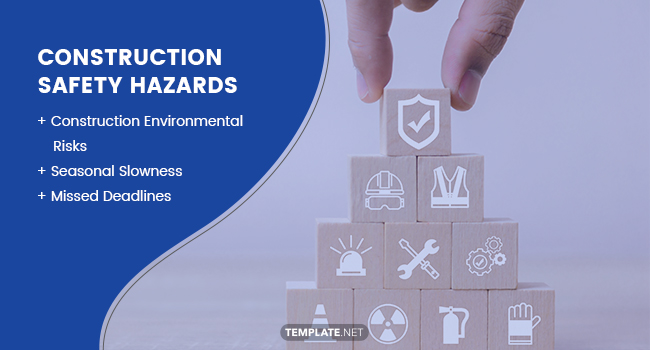
Construction Safety hazards continue to be the biggest concern for construction businesses. According to an infographic presented by Wilson Kehoe Winingham LLC (WKW), an Indianapolis Personal Injury Lawyers firm, construction laborers have the highest susceptibility (26%) to specific hazards in the construction site. Following the laborers are first-line supervisors with 13% and roofers with 11%. Besides that, the Occupational Safety and Health Organization (OSHA) also mentions the “fatal four,” which continues to be the leading cause of fatalities in the worksite. The so-called fatal four consists of the following: (1) fall from high places; (2) electrocution; (3) getting struck by objects; and (4) being caught in between two materials.
These risks are present in every construction site, and it is the prerogative of the contractors and owners to have a safety swot analysis to determine the common factors that prompt these incidents. In alleviating the possible safety hazards in the site, the project planners outline a safety management plan and design site safety signs to avoid circumstances in the workplace. Moreover, the laborers are highly encouraged to follow safety practices and procedures provided by project management.
Construction Environmental Risks
The environmental risks that come with construction projects go both ways. For one, construction projects can be risky for the environment, especially with the materials used in the processes and the wastes that come after the completion of the tasks. On the other side, the environment where the construction site stands can be a threat to the ongoing operations of the project. Nevertheless, the construction company and the client need to come up with ways to balance everything in between. Through the environment management plan, the adverse effects of the procedures in the construction project become less destructive, and the preparations for upcoming environmental circumstances are better. Listed below are the common ecological risks that matter to construction projects.
Seasonal Slowness
America has temperate regions, and the changes in the seasons often cause an impasse on the operations and processes of the project. Freezing temperatures halt movements in the construction site. At the same time, blazing heat in the summer season leads to heatstroke and heart palpitations for the workers. As these seasonal fluctuations are uncontrollable, the planners have to plan ahead of time. Check the calendars and dates to create a plan that fits the changes in the environment. Most contractors use an environmental inspection checklist to observe the possible shifts in the construction site.
Missed Deadlines
The different seasons, coupled with varying weather patterns, can be the reason for the delays in construction projects. With missed deadlines, it adds more constraints on the part of the leaders and workers. Excess in the budget due to the more days and months will be a problem for the investor and client. If people are in a hurry to complete the task, the tendency of ignoring safety measures can happen. To avert that possibility, the planners make use of risk management report to take note of high-risk places and activities. A daily progress report is also an essential tool for the construction project to trace the lapses and overlooked deadlines.
Construction Management Related Risks
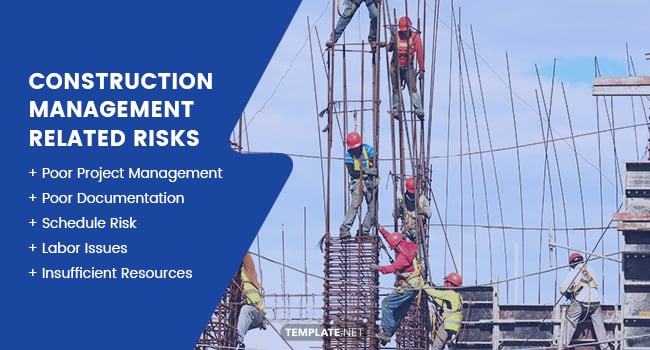
Apart from the outside forces that create risks for construction businesses, a small and unprofessional construction management team can become an issue for the company. An enterprise cannot survive without a competent management team handling the legal works and operations of the business. However, if the management turns into an unstable source of information for the employees, it can be detrimental for the business. So, company owners have to choose their management team carefully. After all, without a steadfast team, a business will not survive the competitive nature of the industry. To have more information about management-related risks in the construction business, here are some key points to remember.
Poor Project Management
The completion of a construction project depends on three things. First, the capabilities and expertise of the workers. Second, the tools, materials, and resources available for the whole project. And third, a strong-willed and excellent management team to guide the processes of the project. With that, an effective management plan, labor schedule, change management schedules, and activity schedule are crucial for the construction project. If the project proceeds without these tools, it will have several setbacks.
Poor Documentation
As a requirement, construction projects need to have documentation. Through this process, the management has a better grasp of the project’s progress. Often called the ‘memory’ of a construction project, documentation is relevant in keeping track—evidence per se—of everything in the site. Together with the schedule management plan, the documentation of the project is under the care of the supervisor. If, however, the project team invalidates and neglects the documenting the processes in the project, it would be exhausting to trace all the improvements in the project.
Schedule Risk
When the administration disregards the schedule risk or project risk management, potential hazards can complicate the operations and activities in the site even more. Schedule risk considers the sections in the plans that take longer to finish. If this particular process has a more extended schedule, it becomes a risk for the continuation of the project. It is then the responsibility of the people-in-charge to formulate plans that fit appropriately to the adjustments in the site.
Labor Issues
Unlike other work opportunities in the business industry, construction employment is seasonal. It means that the job is dependent on the availability of projects. With that in mind, rehiring can be a problem for contractors as possibilities of other projects arise for the previous laborers. In other cases, labor issues stem from the lack of qualified workers and insufficient compensation and wages. Simple as they may seem, these problems can be a delay in the production and operations of the project. In worst cases, the plan halts even before it commences because of the scarcity of workers.
Insufficient Resources
Another concern that hounds construction management is insufficient resources and funds. If the client lacks the money to purchase materials from suppliers or when they cannot afford to pay the wages of the workers, it pauses the production. Thus, prolonging the timeframe allotted for the project. Resources are one of the crucial components that keep the ball rolling for the project. And when the management has little funds, it results in more problems. It is really true when people say that “money makes the world go round.”
Construction Financial Risks
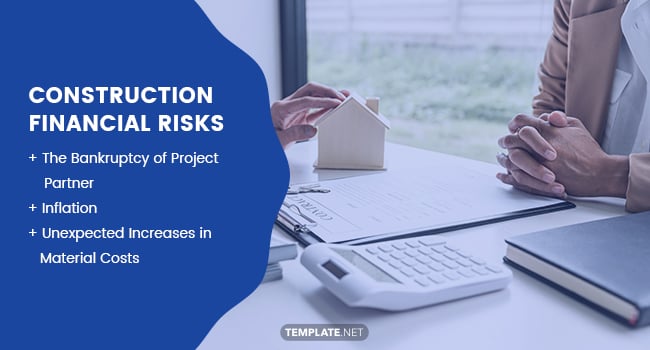
Being financially capable when it comes to a construction business has its perks. When a company is independent of other investors, they can swiftly move through projects and choose which plan fits their goals. But even if the company can establish its self-sufficiency in the field, there will still be financial risks. Some conditions like inflation, taxes, and bankruptcy can drastically change the finances of the construction company or client. Besides having a monthly finance tracking system to understand the processes of the company, a project budget is also a suitable material to have. To comprehend the section better, here are some financial risks that construction companies and project owners meet on particular occasions.
The Bankruptcy of Project Partner
It is beyond the capacity of a construction company to save its project partner when they have gone under—financially speaking, of course. But when this unfortunate situation happens, it would affect not only the ongoing project but also the construction company handling the operations. At most, the company will experience a tremendous loss of investment and time. Therefore, construction companies have to be certain that their collaboration with a client will have fruitful results.
Inflation
Inflation, or the sudden increase in the prices of commodities and the devaluation of money, affect construction companies and their projects. During this time, the construction materials will be too costly for the budget. If the designated amount, which came from the cost estimating result, is incorrect, it would be a challenge for the management. Material receiving will stop, and the production will be on hold. In addition, risking the finances during inflation is not an excellent option.
Unexpected Increases in Material Costs
The project management has predetermined suppliers before starting the project. These companies, through the time and material contract, must provide the tools required by the people involved in the plan. However, construction companies cannot reprimand or stop the supplier from increasing the costs of materials. The construction company has to adjust to the sudden changes acted by the supplier. If this situation does occur, the management can either select another supplier or revise the budget plan.
Construction Design Risks
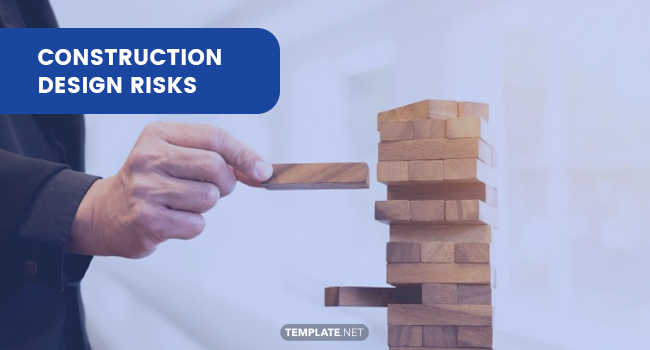
Faulty designs approved by architects and engineers can cause accidents in the construction site. Inaccurate measurements and imitations of the needed construction material as a replacement usually leads to safety hazards. Using an owner and architect agreement, the team can come up with a contingency plan when the initial goals had setbacks. It is important to note that the design phase plan is crucial during the pre-construction stage of the project, especially if the owner is open to revisions with the selected plan. The pre-construction phase matters to the owner and contractors as it lays out the objectives of both parties. In understanding design risks, here are two points that are relevant for construction companies and business owners.
Incomplete Drawings and Poorly Defined Scope
When the design-builder and contractor agreement is not strict about the designers’ scope of work and deadlines, the architects can pass incomplete information and data. In other cases, the content of the design plans does not fit the qualifications laid out by the client or contractor. When this happens, it will be the loss of the client and construction company—risking the time, energy, and resources on incompetent planners.
Architecture Risk
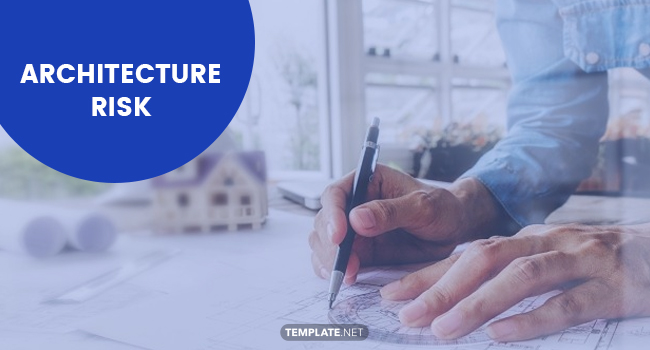
Several construction projects have no casualties and fatalities during the construction of the establishment. Luckily, the project planners, engineers, and architects had prepared the necessary tools and materials to make sure that errors are fewer and insignificant. But in projects with issues, the architecture will have the most significant chunk of responsibility when the damage involves the failure of a design. Importantly, the architect has to double-check the details to avoid such pitfalls.
Construction Technical Risks
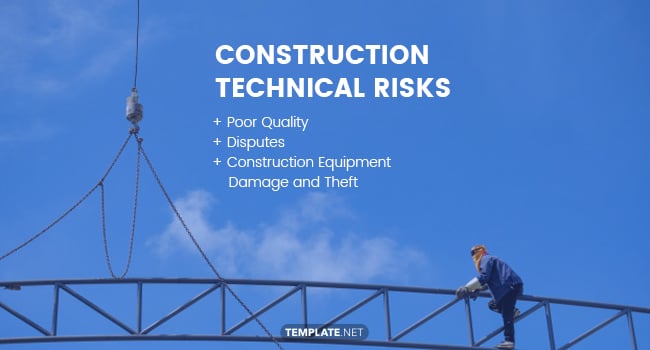
In simpler terms, technical risks are the restrictions that stop the construction company from completing the assigned tasks. Technical risks are closely related to the technical side of the project, such as the water connection, electricity, and structural problems. These obstacles generally take place because of unexpected changes in the proposed plans. Other kinds of risks can fall under this section, as long as it disrupts the flow of work on the site. Nevertheless, the creation of construction software can amend the tricky situations of technical risks. Following the trends online, construction companies can choose applications that lessen their workload. People in the construction industry can observe the importance of technology by looking at the improvements in the procedures on the site.
Poor Quality
Companies that settle on low-quality materials and tools are risking the lives of the laborers and tenants of the establishment. By utilizing materials that cannot pass the standards directed by the company, chances of collapsing rooms, walls, and trenches are possible. Reiterated by many engineers and architects, selecting components that are below the approved criteria in the quality control plan will become complications for the people involved in the project. So before accepting the proposed set of materials, the contractors need to check everything. Some companies hire quality control personnel to ensure the mint condition of the materials.
Disputes
People have different opinions, ideas, and work ethics. With the differences between the attitude and goals of each worker, it is not a surprise when disputes occur in the workplace. Sometimes, these disagreements can unnoticeable and easy to clear off. However, there are instances when the arguments cause chaos in the office or construction site. If this transpires, the head officers and supervisors have to be the mediator. If not fixed, the disputes can be a risk when it involves destruction in the property or disruptions on the procedures within the construction site.
Construction Equipment Damage and Theft
The last risks that construction companies encounter when completing the projects are equipment damage and the possibility of theft. Even when the project planners are careful with the tools used in the site, it will become impaired later on. The long hours of use and the changing weather can wear away the value of the instrument. In worse cases, other people steal the tools to utilize for their gains. These unfortunate circumstances can slow down the work in the construction site. To amend the situation, the contractors can use an equipment cost analysis document to have a fixed budget in case of happenings like that. Equipment contracts are also helpful to contractors and clients to avert more problems when theft occurs on the site.






